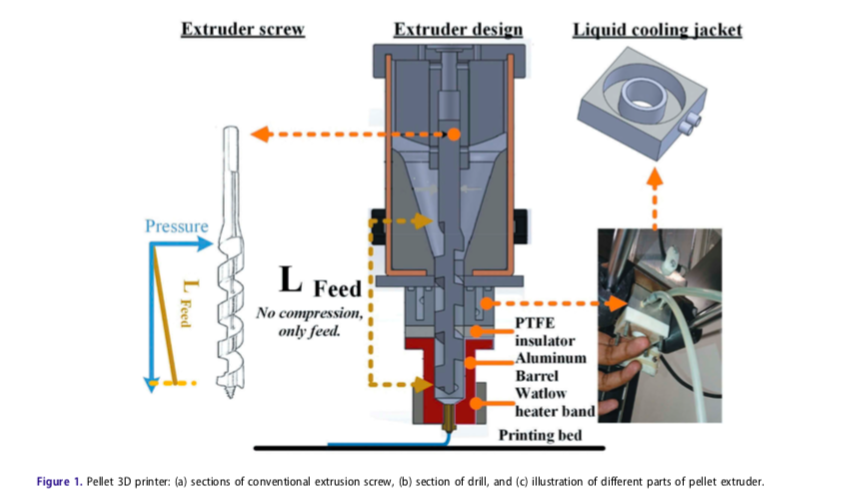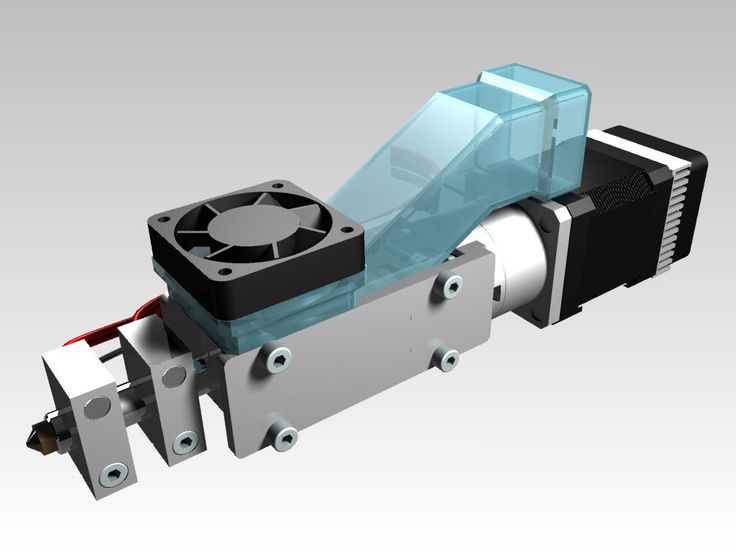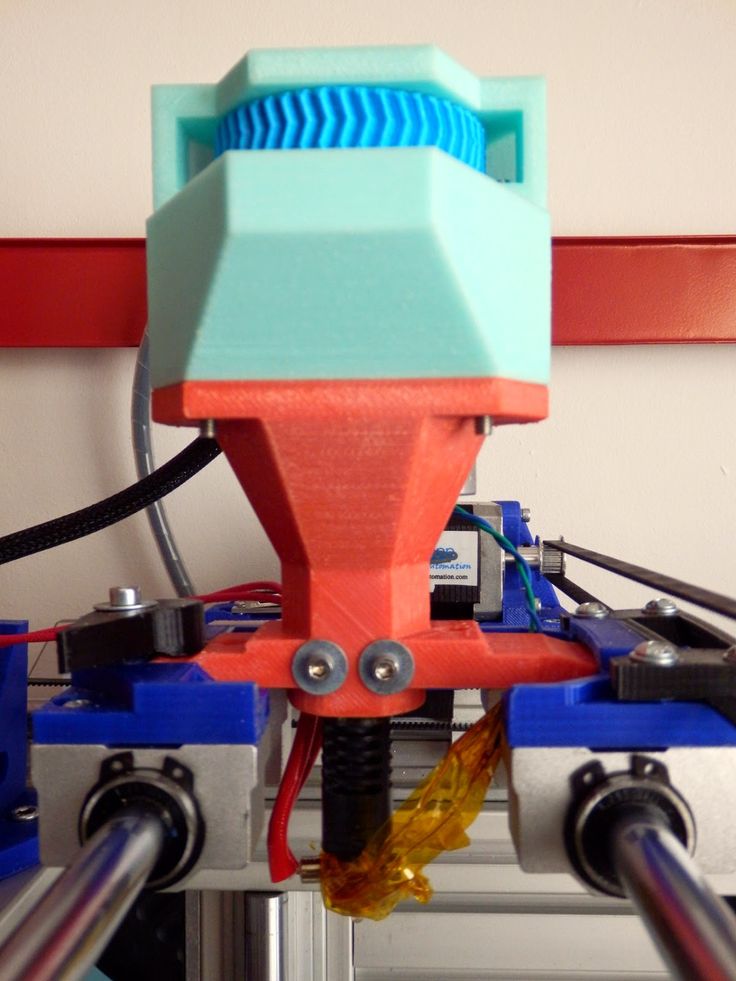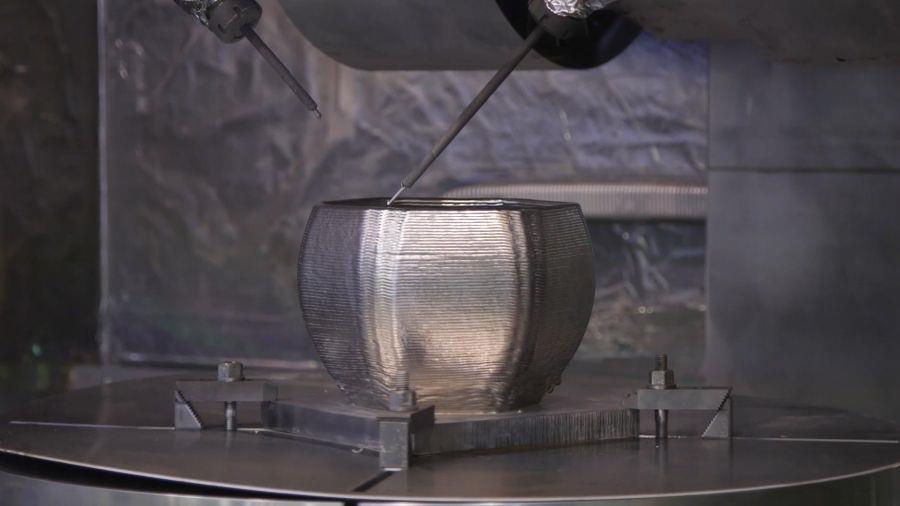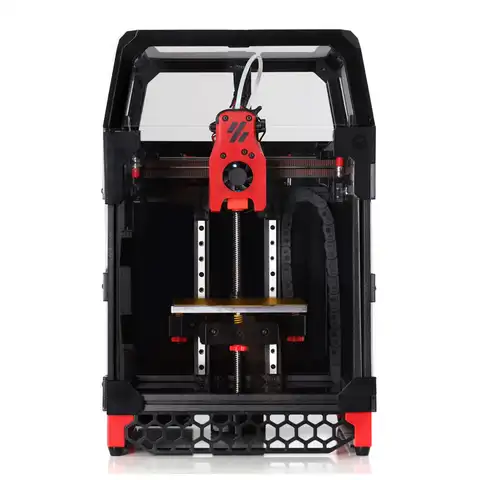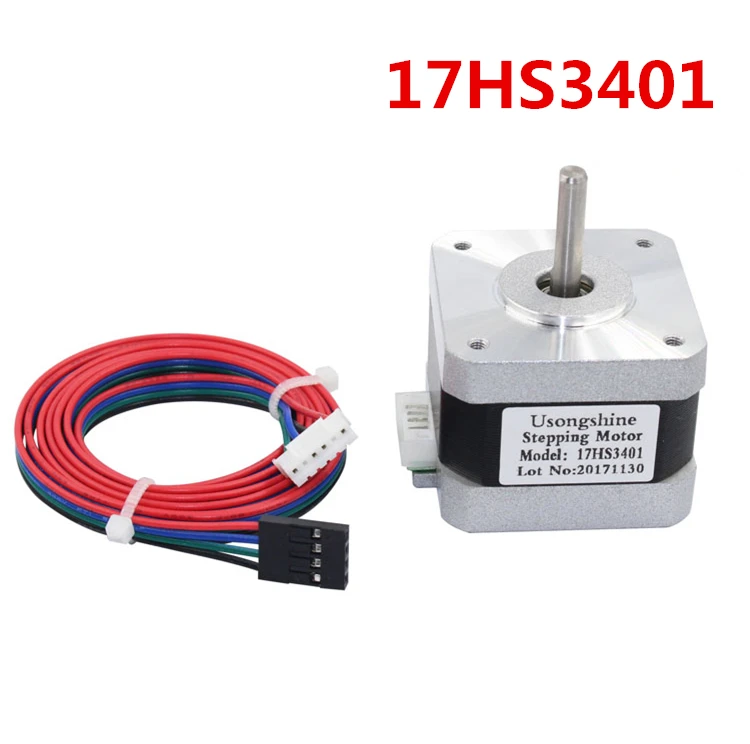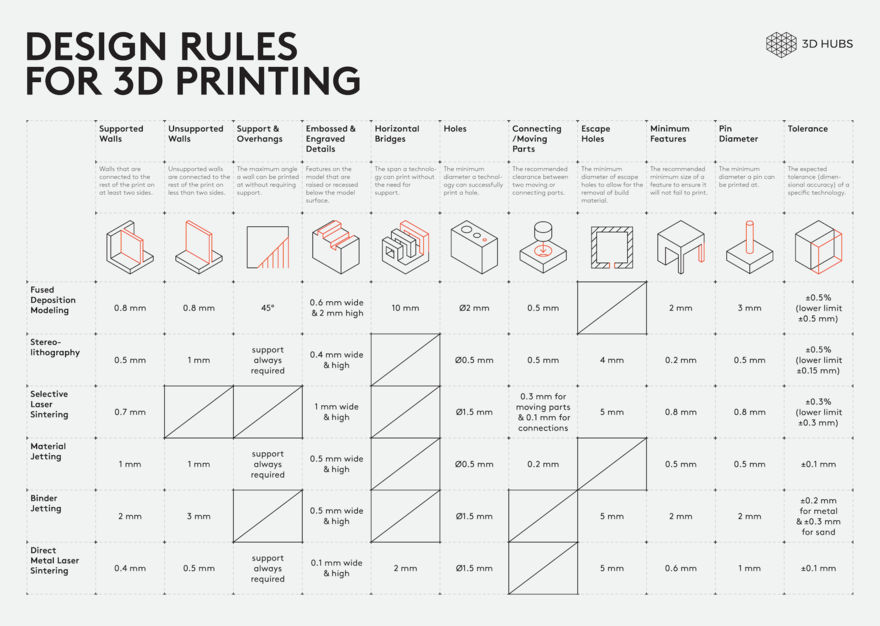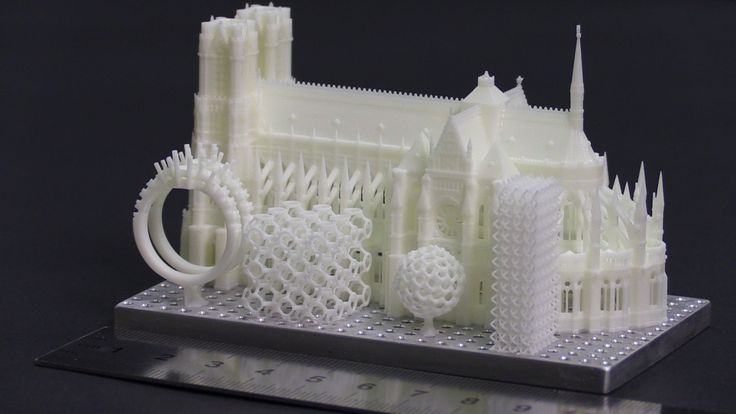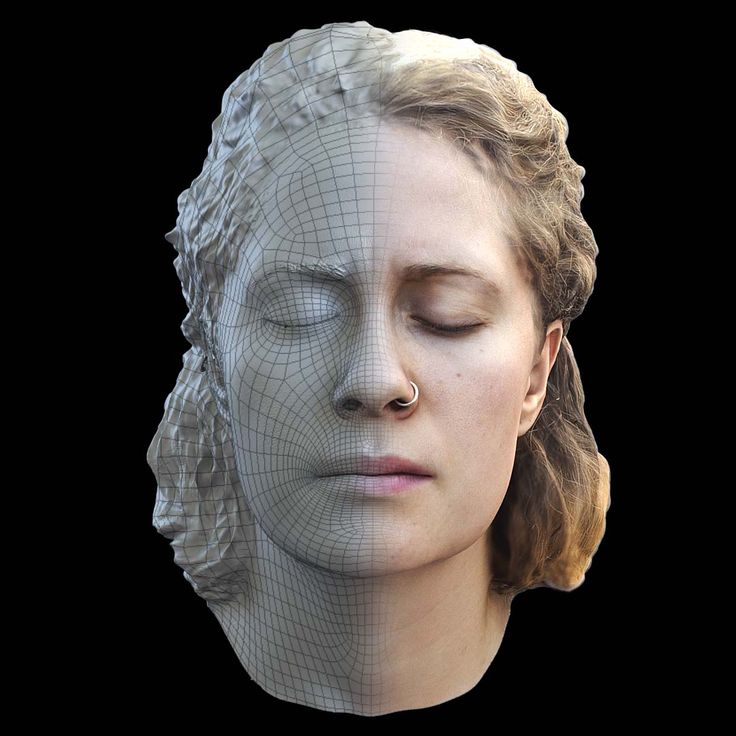Pellet extruder 3d printer
Pulsar™ Pellet Extruder: Industrial High Flow Extruder
Save time.
Save costs.
Pulsar™ is a state-of-the-art large-scale and high flow plastic pellet extruder.
It was designed with one purpose in mind: 3D printing of parts of one m³ and more as quickly and as cost-effective as possible.
Pulsar™ is compatible with any large-scale 3d printer or even robotic arms and is able to output as much as 500mm³/s (2.5kg/h) of materials.
Get a quote
Name*
Business Email*
Company
Phone*
Address*
Industry
MaritimeMedicalAerospaceResearchConstruction / ArchitechtureAutomotiveOther
Application
—Please choose an option—Robotic 3D PrintingCartesian 3D PrintingOther
Quantity
Voltage
110V220V
Nozzle Size
1.0mm3.0mm5.0mm
Auxiliary systems
Liquid-Cooling SystemAutomated Pellets Feeding System
Other information
 
Welcome to the Industrial 3D Printing Era
Ultra High Flow
The Pulsar can output up to 500 mm³/s (2. 5kg/h). It is our highest output flow solution and one of the fastest portable pellet extruder on the market.
Customized Extrusion Screw
The customized screw design is optimized for 3D printing with high resolution.
Tri-zone Heating Control
The triple heat zone design ensures the polymer is at a constant temperature. The top section receives cold pellets and generates more heat to melt them. Then, the middle zone stabilizes the polymer at a precise temperature. Finally, the nozzle heater ensures an even flow.
Automatic Feeding System
The Pulsar can come with an optional feeding system which detects the pellets level. Pellets can be delivered from a bulk source.
Multiple Nozzle Size
Pulsar can be used with large nozzles from 1.00mm up to 5.00mm.
Uniform Heating
The spiral heaters are wrapping the whole heated cylinder and ensure uniform temperature all the way through the end of the extrusion.
Melting Zone Sensor
The temperature sensors are placed 0.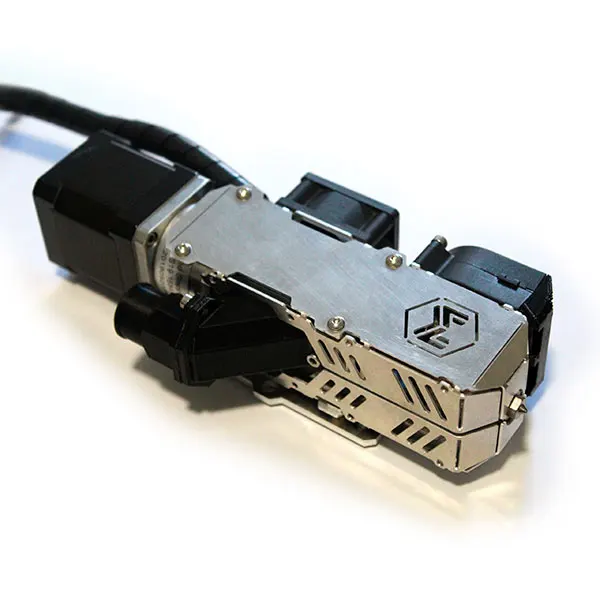 50mm from the molten polymer. Readings are reliable and accurate.
50mm from the molten polymer. Readings are reliable and accurate.
Tool Steel Nozzle
The super abrasive resistant steel nozzle avoid any change in nozzle size and height during large prints with abrasive material.
Strong NEMA23 Motor
The Geared NEMA23 motor can handle high flow without a sweat.
Precise Temperature Control
The three PT100 sensors are class A, high precision sensors. The circuit has been designed to use the best resolution between 0°C and 500°C.
Ultra Rugged
The all-metal frame is made from aluminum alloy and is designed to withstand high stresses in tough conditions.
Liquid-cooled
The Pulsar is ready for any environmental conditions. Due to the powerful heating zones, the water-cooling loop ensures the system is at a constant temperature
Anti-Oozing Mechanism
As the screw can’t pull molten plastic, an anti-oozing mechanism ensures nice looking prints without any flaws.
High-Temperature Materials: PEEK, Ultem, PSU
The high-temperature heaters, temperature sensors, and extrusion components enable printing up to 500°C.
1100 Watts Heating Power
High flow means high energy. The 1100 Watts heating system ensures stable temperature in high-speed 3D printing conditions.
Print any plastics
The Pulsar is able to print every single type of plastic pellets currently manufactured on the market
- Standard
- Flexible
- Support
- Advanced
- Engineering
- Other
Standard
- PLA
- ABS
Flexible
- TPE
- TPU
Support
- PVA
- HIPS
Advanced
- PC
- PET
- PETG
- NYLON
Engineering
- PEEK
- PEI
Other
- Metal Powder Filled
- Wood Filled
- Carbon Fiber Filled
Technical Information
|
Parameter
|
Value
|
Units
|
|---|---|---|
| Weight | 7000 | g |
| Screw diameter | 19. 3 3 | mm |
| Maximum screw operating speed | 60 | RPM |
| Max temperature | 500 | °C |
| Available nozzle sizes | 1.00 3.00 5.00 | mm |
| Max flow* | 500 3 | mm3/s kg/h |
| Total length | 500 | mm |
| Screw length | 348 | mm |
| Heating power | 1100 | W |
*With 3D700 PLA at 200 °C
Download CAD & Drawing
Pellet Extruders for 3D printing - Why Use Them and Which Ones Should I Buy
Print directly with pellets, without having to use filament?
It can be done with a pellet extruder.
A new world of possibilities to print large format pieces, with any material and with wholesale plastic prices.
📖 What do you want to read?
What is a pellet extruder?
A pellet extruder is basically a part that combines a pellet melter and a pushing mechanism in one device.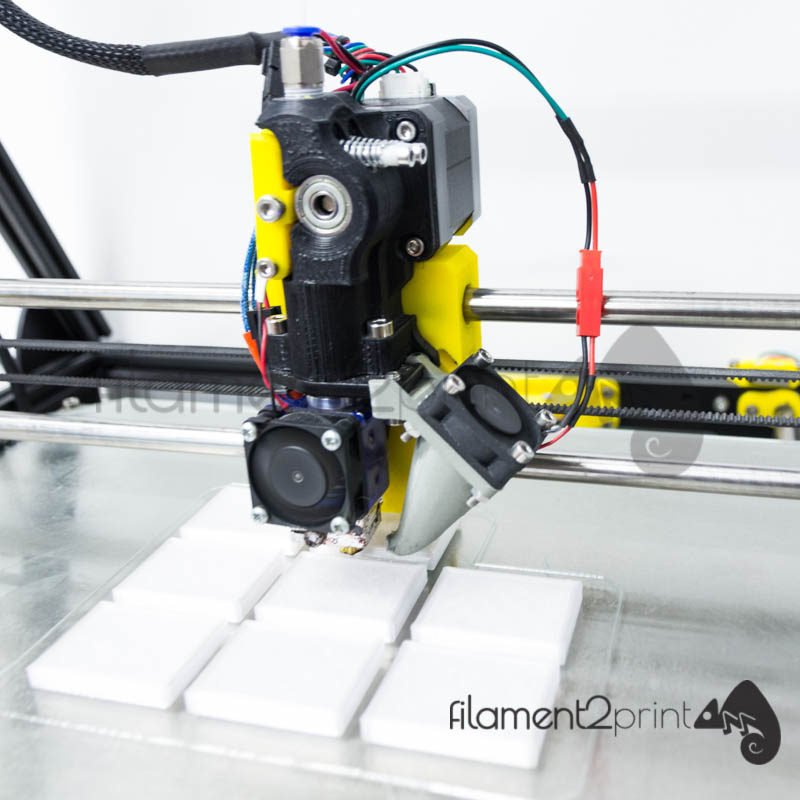 In this way they replace the extruder-melter assembly in our printer, so we must replace both elements by one of these pellet extruders.
In this way they replace the extruder-melter assembly in our printer, so we must replace both elements by one of these pellet extruders.
The new extruder uses pellets instead of filament to work. Pellets are small beads in which manufacturers sell the plastic in bulk. In fact, the filament is made from pellets, so we are saving an intermediate step in the process (and a lot of money).
When replacing the extruder-melter assembly, a pellet extruder has to include all the functionalities that these comprise: material loading, pushing the material towards the melter, heater, thermal shock to avoid jamming, thermistor, nozzle… As a user, you only have to know that, once a pellet extruder is installed, your printer will work exactly as before, only now you will feed it with pellets instead of a filament coil (and change the steps per millimeter of the extruder).
What are the advantages of a pellet extruder?
Now that you know what a pellet extruder is, you most certainly can imagine several possible advantages.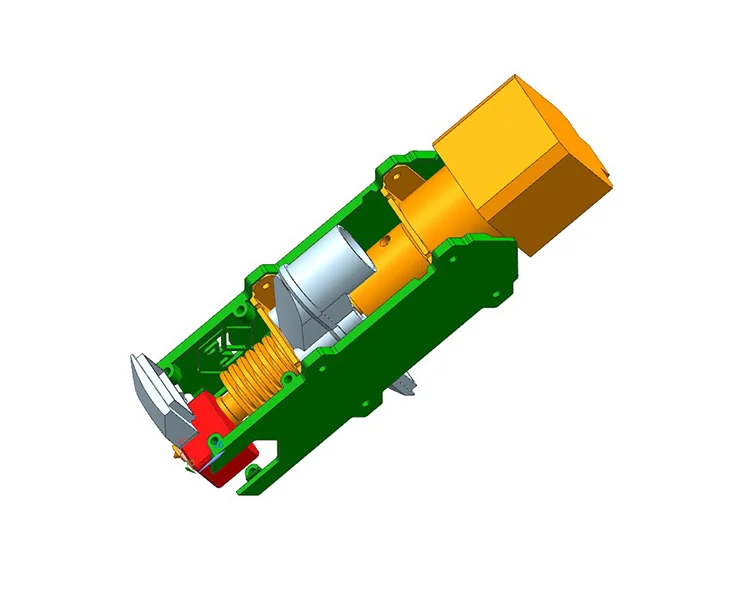 We are going to tell you about the ones we consider most relevant.
We are going to tell you about the ones we consider most relevant.
Final cost of the part
When we use a pellet extruder, the cost per part is greatly reduced, making 3D printing a quite valid option for long series of parts or very large parts that would normally not be profitable. There are two main reasons that will help us save costs: reduction in material cost and reduction in printing time.
Reduction in material cost
The material we use for 3D printing, whether PLA, ABS or other more technical material, sees its cost increased due to the industrial process needed to transform pellets into the filament we use. If we can skip this step and buy the pellets directly, we can buy the material much cheaper.
As you can see and as an example, PLA pellets (virgin, not recycled) from Smart Materials would cost us 8.95 euros per kilo. Smart Materials is not a brand that is known for being cheap, since the material they sell is of very good quality. Even so, 1 kilo of PLA in pellet format would cost us less than 1 kilo of the cheapest PLA filament you can find.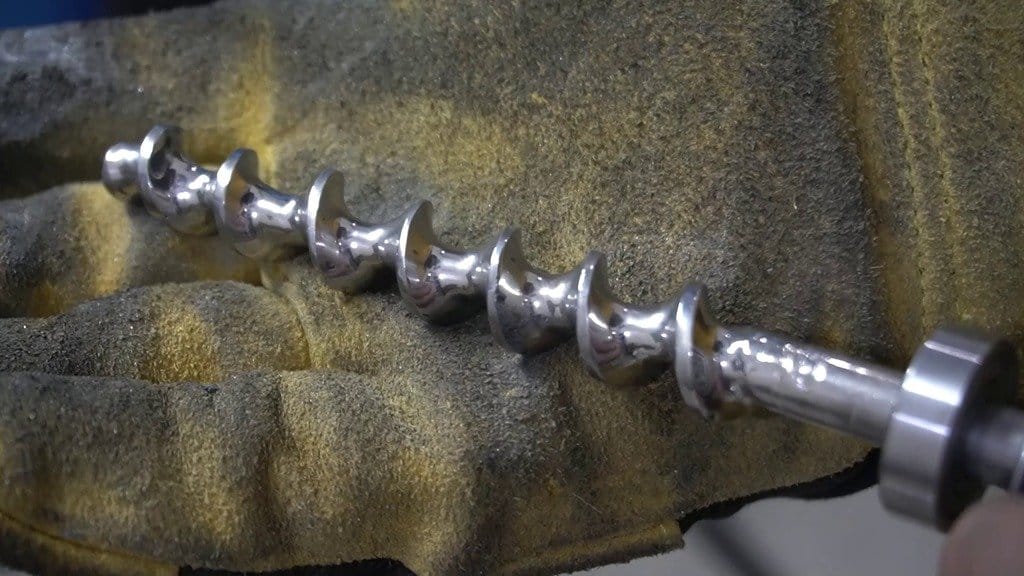 This same material, if you decide to buy it in its 1.75mm filament format will see its price multiplied by 2.5, saving 14.5 euros per kilo of purchased material.
This same material, if you decide to buy it in its 1.75mm filament format will see its price multiplied by 2.5, saving 14.5 euros per kilo of purchased material.
There are much cheaper alternatives and we can lower the price by buying in large quantities. Good quality PLA pellets can be obtained for about 5 or 6 euros per kilo or even less.
Reduction of printing time
By printing on such inexpensive materials and on which we can precisely control how they are melted, we can print using very large nozzles. With large format printers and pellet extruders it makes perfect sense to print using a 1mm nozzle, depositing about 300 grams of material per hour depending on the model. To give you an idea, here is an example:
Tiempo de impresión usando un nozzle de 0.4mm y altura de capa de 0.2mmTiempo de impresión usando un nozzle de 1mm y una altura de capa de 0.6mmAs you can see, the time is reduced significantly, also reducing the printer depreciation cost, electricity, rent of the premises, the number of machines needed…
Ability to print large parts
As we have already explained, with a pellet printer we can drastically increase the printing flow, being able to print much larger parts in a much shorter time and using a more economical material. This means that we can print in 3D things like furniture or decorative elements such as vases and sculptures. Industrial grade and large volume parts are also possible with a pellet extruder, since we can make them in a reduced time and we can also use a totally customizable material (more about this below).
This means that we can print in 3D things like furniture or decorative elements such as vases and sculptures. Industrial grade and large volume parts are also possible with a pellet extruder, since we can make them in a reduced time and we can also use a totally customizable material (more about this below).
Larger printers often use pellet extruders directly, as with very high material flows such as those required by larger nozzles, the filament can be difficult to operate. And the material costs of larger parts also justify the investment in a pellet extruder to save per kilo of printed plastic.
Here’s a video of the extruder in action:
Wide range of materials
With a pellet extruder you can print practically any material you can think of, from the basic ones like PLA to the more technical ones like polycarbonate (PC), TPU, EVA or even biomedical materials like PCL (polycaprolactone).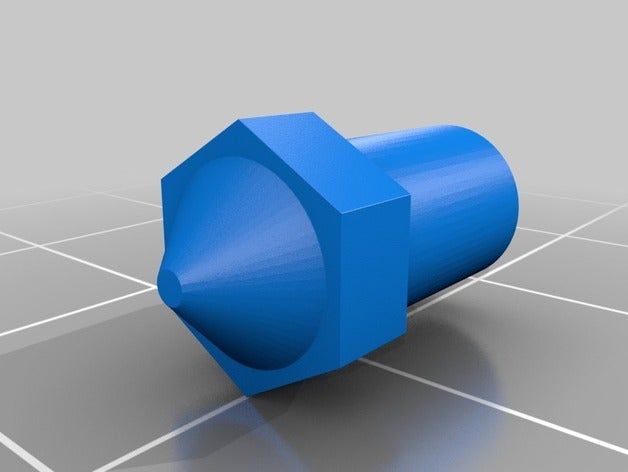 These materials, besides being much cheaper than if we bought them in filament format, give us an added advantage: we can mix them or add loads of other material.
These materials, besides being much cheaper than if we bought them in filament format, give us an added advantage: we can mix them or add loads of other material.
Just imagine your extruder pellet as a small filament factory, only this time you are the one who decides exactly how much of what material will be melted to create the polymer that has the best properties. In addition, there is the possibility of creating materials filled with fiberglass, carbon fiber, kevlar… For professional makers, this option is incredible because it allows you to have your own material factory at home.
Finally, you can also create materials with the exact color you want, adding effects such as glitter or metallic highlights.
Recycling
By having a pellet extruder you can print using recycled plastic. You can buy pellets made from recycled plastic or recycle them yourself using a solution such as a plastic shredder. We have already talked more about this in our article on recycling in 3D printing.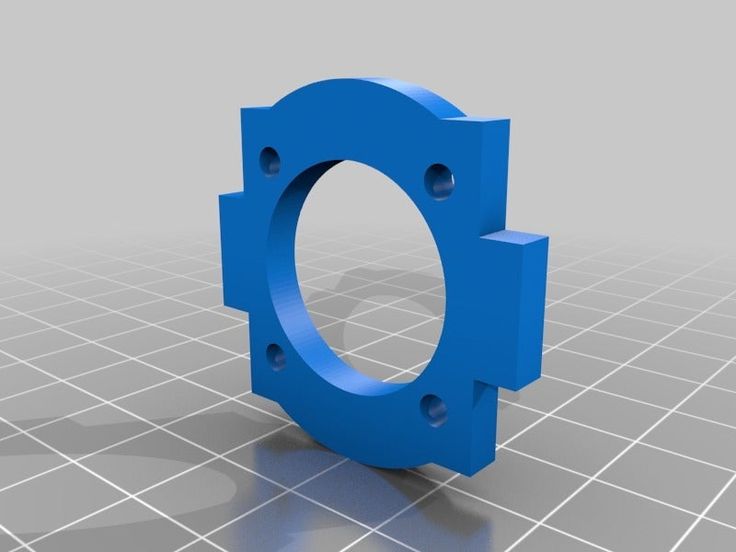
What projects are there?
There are not many pellet extruder projects today. As you know, our favorite (and almost the only one relatively known) is the Mahor XYZ pellet extruder. This extruder has been quite tested by the Spanish maker community and there are many reviews in Youtube. In their website you have all the information about it and you can buy it starting from 329 euros.
In the specific case of our favorite pellet extruder, the MahorXYZ, many improvements are included to ensure maximum reliability, such as:
- High torque motor
- High-powered heating block with adjustable position to ensure optimal flow for each material and avoid clogging
- Specially designed and machined spindle for the extruder
Low Flow
High Flow
It is a quality tool for companies and professional manufacturers who are going to use exotic materials or print large format parts.
Ask for a quote at Bitfab
In Bitfab we are up to date and we work with the best so, if you are interested in printing your parts using pellet extruders or looking to incorporate this technology in your workshop, we can help you.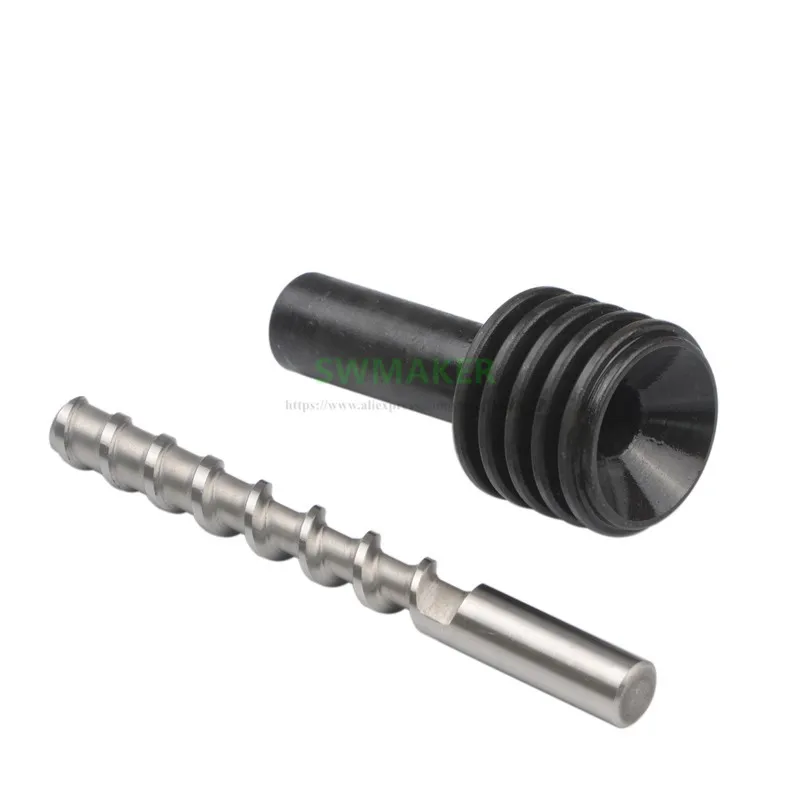 Do not hesitate to contact us and we will find the best solution for your specific problem.
Do not hesitate to contact us and we will find the best solution for your specific problem.
Contact Bitfab
re:3D offers an extruder for 3D printing with granular polymers
News
Texas-based re:3D is taking pre-orders for Gigabot's next-generation large-format FDM 3D printers and dedicated plastic bead extruders.
This is the third time the small but successful Austin-based manufacturer has entered Kickstarter, having launched crowdfunding campaigns for the Gigabot 3D printer in 2013 and then Open Gigabot in 2015. As the name of the line suggests, the company specializes in large-format 3D printers.
The new Gigabot X is no exception. It is essentially a variant of the flagship Gigabot 3+, but with a new extruder. Currently, the company is releasing three versions of the third generation 3D printer, which differ in the size of the construction area - 590x600x600 mm (Gigabot 3+), 590x760x600 mm (Gigabot 3+ XL) and 590x760x900 mm (Gigabot 3+ XLT).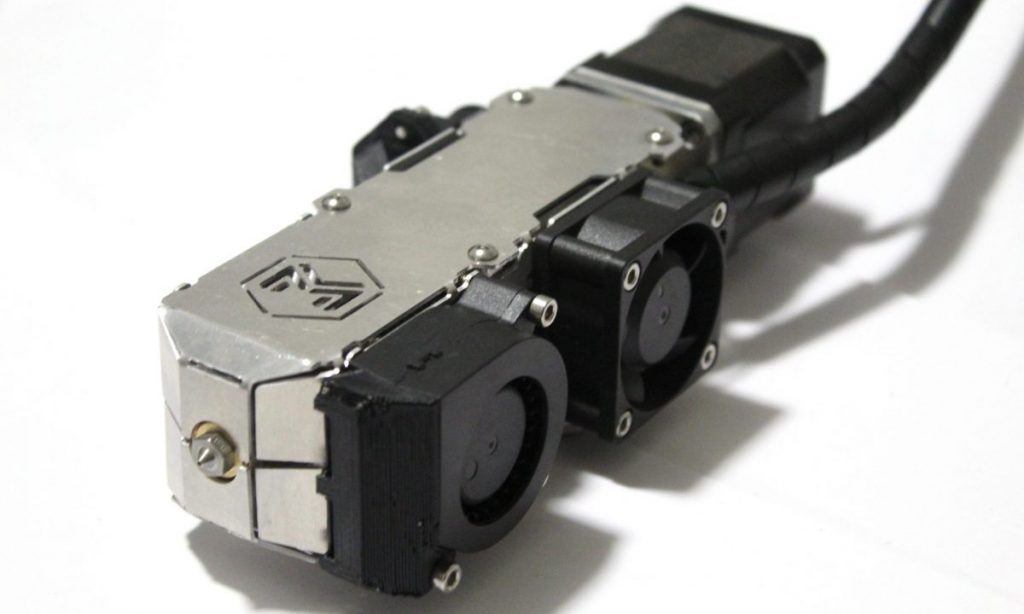
The re:3D engineers initially focused on creating systems for 3D printing with plastic waste, not only for environmental reasons, but also for economy. The developers are gradually moving towards the goal, and the next stage is the transition to printing with granulate, because the cost of a filament in comparison with granulated plastic of the same mass easily grows by an order of magnitude. In addition, granulated plastics are available in a richer range than finished filaments.
The new extruder uses a fairly standard solution - polymer is fed by a screw and fed from a hopper that can hold approximately 700 g of plastic. Customers have the option to apply for either a complete Gigabot X system for $9,500 or a standalone extruder for $1,500, although applications are limited. Owners of Gigabot 3+ 3D printers can purchase a full upgrade for $2,700. Gigabot X 3D printers in beta version will start shipping in December this year.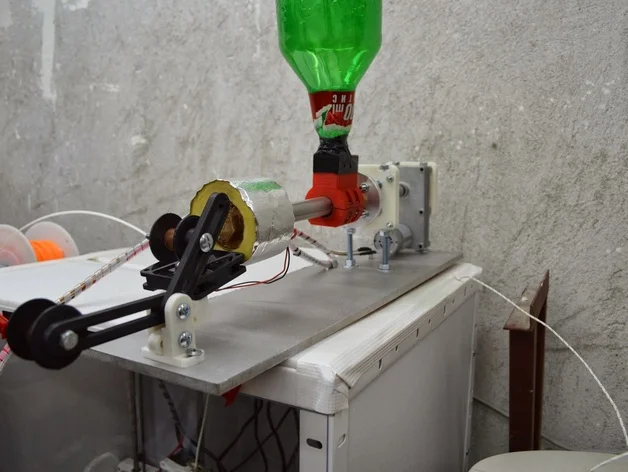 Additional information is available at this link and on the official website of re:3D.
Additional information is available at this link and on the official website of re:3D.
Do you have interesting news? Share your developments with us, and we will tell the whole world about them! We are waiting for your ideas at [email protected].
Follow author
Follow
Don't want
9
More interesting articles
7
Subscribe to the author
Subscribe
Don't want
An exoskeleton is being developed at the Moscow Polytechnic University to correct disorders of the musculoskeletal...
Read more
6
Subscribe to the author
Subscribe
Don't want
What do plastic fish eat? Plastic, of course.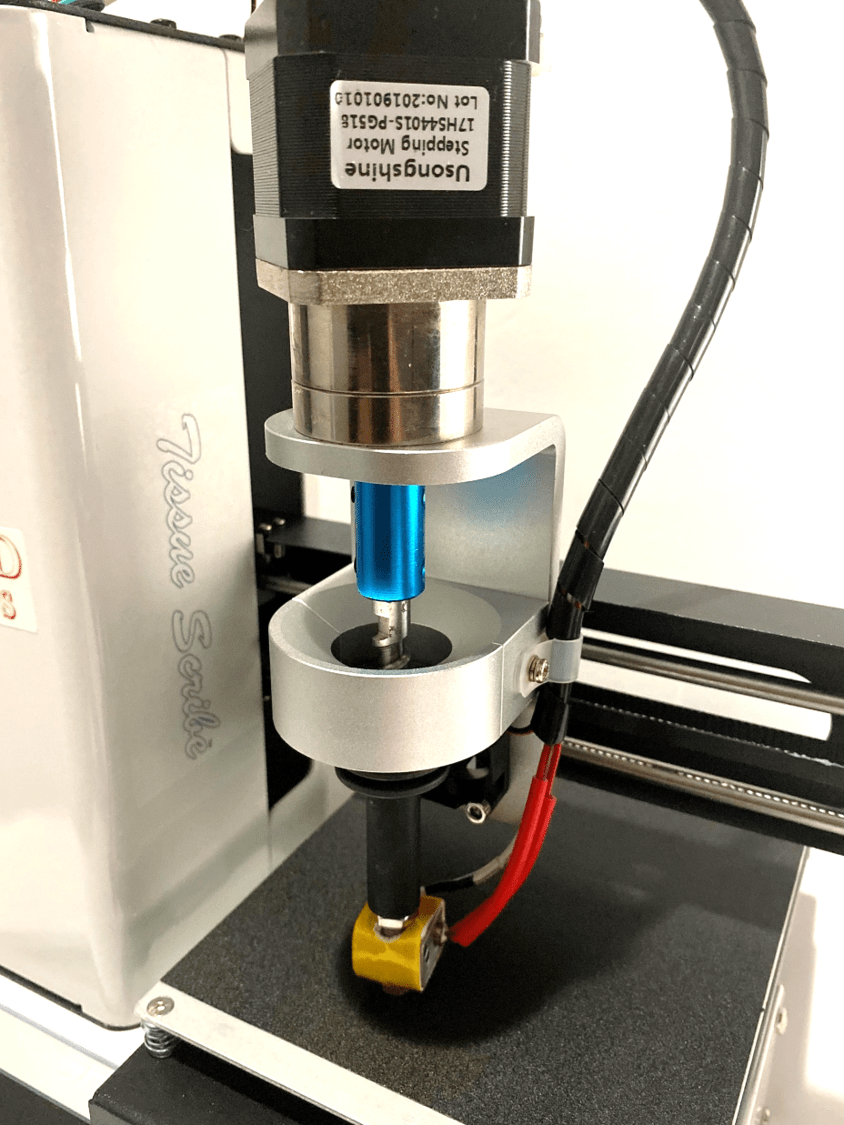 British student Eleanor McIntosh won...
British student Eleanor McIntosh won...
Read more
59
Subscribe to the author
Subscribe
Don't want
The 3Dtoday portal, supported by Creality and Bestfilament, invites everyone to participate in...
3
Read more
F2 Pro Pellet 3D printer
Hybrid production
Possibility to post-process the resulting product (milling, turning)
Printing with recycled materials
900PP02 Possibility of printing with recycled plastic, HDPE granules: ABS, PND granules: , PVD, etc.Ideal for printing molds, punches, dies for laying out composites
Screw extruder and all the advantages of the F2 Pro printer, in-house production and development of F2 innovations.
| Order now |
| Get detailed specifications The F2 Pro Pellet is an industrial 3D pellet printer ideal for high-speed 3D printing. In addition to standard granules for printing (ABS, PLA, PP, PE, etc.), the printer allows you to print with recycled plastic granules PET, PP, ABS, HDPE, LDPE, etc. Granules are much cheaper than classic filament yarn, and the resulting products are perfectly post-processed - turning, milling, etc., which makes it possible to introduce additive technologies into the production chain of the enterprise. The technology is suitable for creating disposable molds, punches, dies for laying out composites, prototyping, making mock-ups, etc. High -quality mechatronics Precision guides and SHVP provide high accuracy of movement and repeatability of the products Print camera Heated up to 100 ° C Camera Press area 1000*1000 mm 9000 mm 9000 mm 9000 Printing 160°C quick-change print platform with auto-calibration User Interface own electronics and intuitive interface Screw extruder Screw extruder (up to 500°C) allows you to quickly create large-sized products High-quality mechatronics Precision guides and ball screws Chamber 9 provide high accuracy and repeatability of printing 100°C convection chamber Printable area 1000*600*1000 mm Print platform 160°C quick-change print platform with auto-calibration User Interface proprietary electronics and intuitive interface Screw extruder )Order User Interface Ownelectronics and intuitive interface Minimal training is required to operate the printer, by looking at the interface you will immediately understand how to operate it. User Interface Proprietary Electronics and Intuitive User Interface Minimal training is required to operate the printer, by looking at the interface you will immediately understand how to operate it. Print chamber 100°C heated chamber with convectionForced convection of the chamber and even warm-up allows printing high details with good adhesion between layers. Details do not delaminate or deform. Print chamber 100°C heated chamber with convectionForced convection of the chamber and even heating allows printing high details with good adhesion between layers. Details do not delaminate or deform. Extruders Pellet Extruder Three-zone pellet heating technology inside the extruder ensures uniform material flow and high quality of the resulting product. Extruders Pellet extruder Three-zone pellet heating technology inside the extruder ensures uniform material flow and high product quality. Built-in filters Built-in air filtration system traps all unwanted particles When heated, some plastics can release harmful substances, such as fumes from styrene derivatives, hydrocyanic acid, acetaldehyde. Built-in high temperature filters not only block harmful particles but also odors. Built-in filters Built-in air filtration system traps all unwanted particles When heated, some plastics can release harmful substances, such as vapors from styrene derivatives, hydrocyanic acid, acetaldehyde. Built-in high temperature filters not only block harmful particles but also odors. Print Platform Quick Change Print Platform Quick Release Print Platform makes printing quick and easy. This avoids damage to larger models and allows the printer to be used almost without interruption between print runs. |


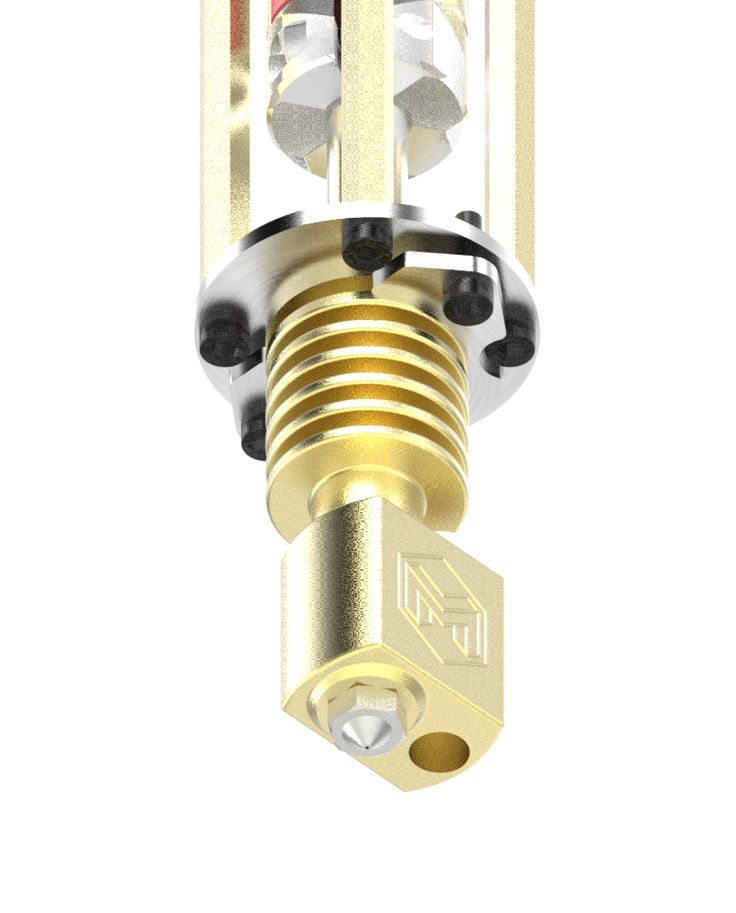 The technology of three-zone heating of granules inside the extruder ensures a uniform supply of material and high quality of the resulting product.
The technology of three-zone heating of granules inside the extruder ensures a uniform supply of material and high quality of the resulting product. 